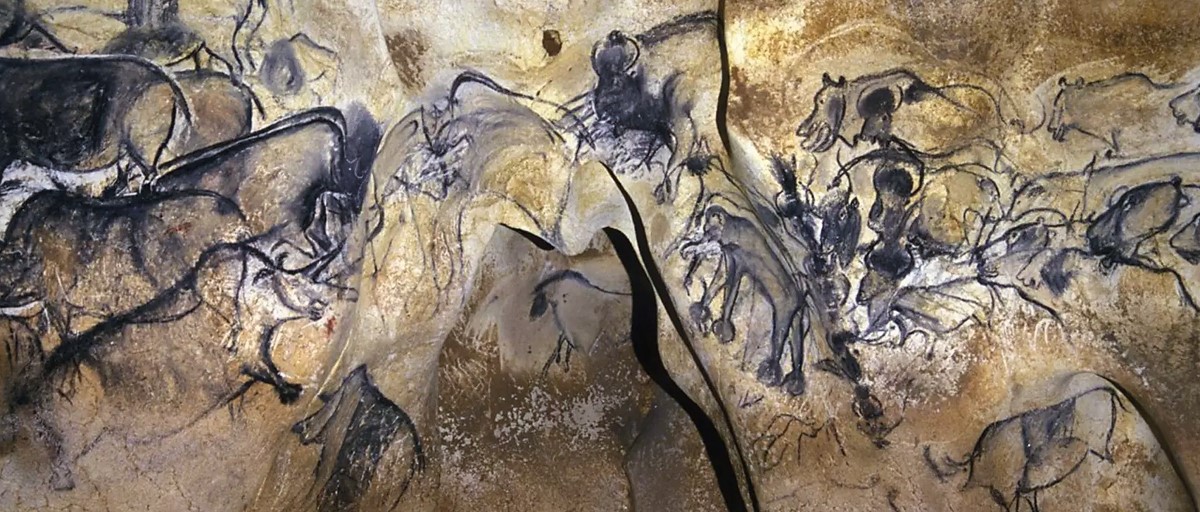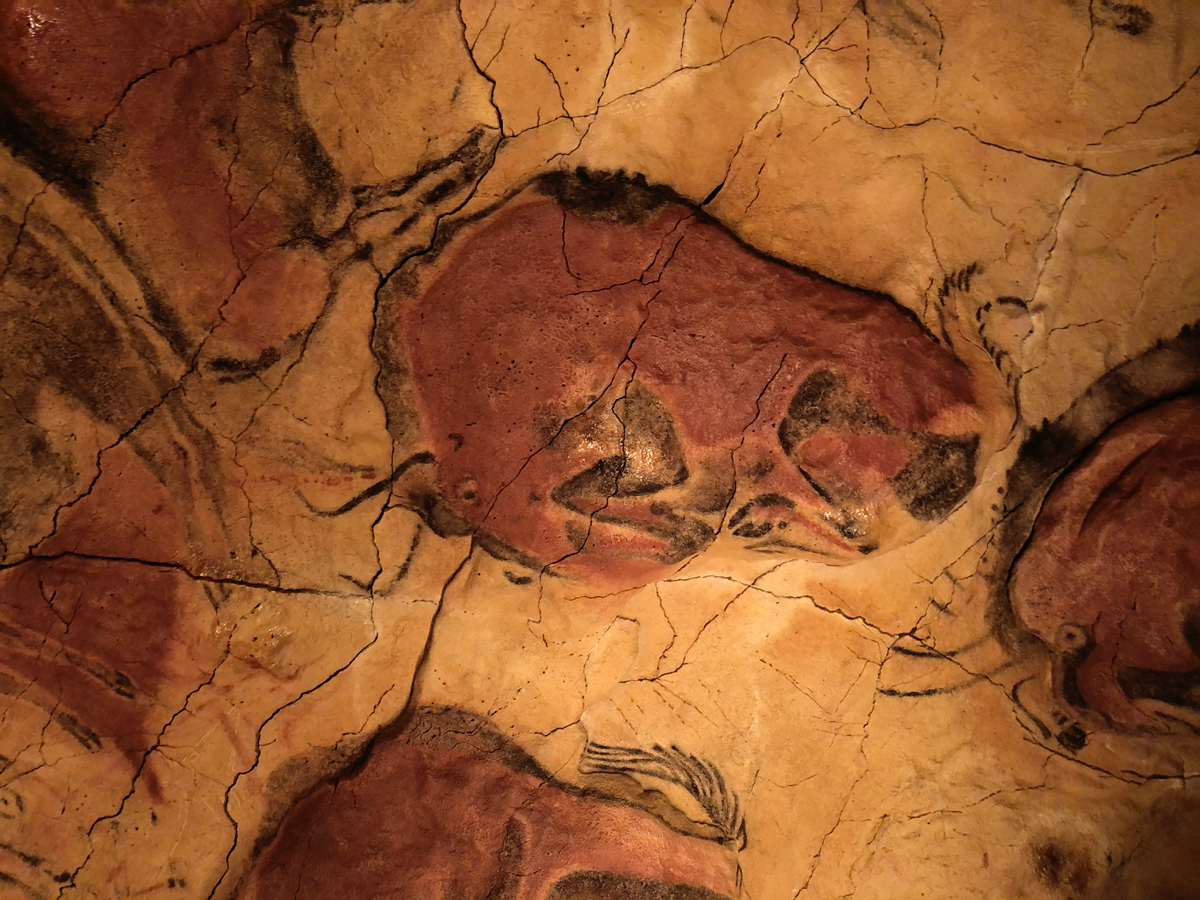


Paleolithic Period: When Did the Early Humans Acquire a Mind?
By Robert Garland, Ph.D., Colgate University
FROM THE LECTURE SERIES: THE OTHER SIDE OF HISTORY: DAILY LIFE IN THE ANCIENT WORLD
We have learned a lot about the daily lives of early humans in the Paleolithic period from the various fossils we have excavated over the years. What about the human mind? When, in fact, did we acquire a mind?

A mind isn’t just a brain. A mind is something that is capable of symbolic thought, of art, of language, of reasoning, of complex emotion, of social organization, and of manipulation, specifically of the manipulation of other humans.
Well, there’s a general consensus among paleoanthropologists that early humans acquired minds somewhere between 60,000 and 20,000 years ago. Somewhere in that period, in other words, our ancestors became capable of creating objects of aesthetic appeal, having more extensive social connections, and being able to live imaginatively in the past as well as the future.

They did so because they were now sufficiently freed from the exigencies of life. Life was no longer just a fight for survival. There was a little bit of giving in the system, and that enabled us to become human in a cultural and social sense.
Robert Garland addresses some fundamental questions:
The Development of Language
Early Human Artistic Endeavors
When Humans Acquired a Mind
What Differentiates Humans from Other Species?
When did humans first speak?
What was the purpose of cave paintings?
What can we learn from cave paintings?
What is the oldest rock art in the world?
by Bradshaw Foundation
Tuesday 21 March 2023
by Bradshaw Foundation
Tuesday 07 February 2023
by Bradshaw Foundation
Thursday 19 May 2022
by Bradshaw Foundation
Tuesday 19 October 2021
by Bradshaw Foundation
Friday 25 June 2021
by Bradshaw Foundation
Monday 09 November 2020
by Bradshaw Foundation
Tuesday 03 November 2020
by Bradshaw Foundation
Wednesday 28 October 2020
by Bradshaw Foundation
Tuesday 23 June 2020
by Bradshaw Foundation
Thursday 04 June 2020
by Bradshaw Foundation
Thursday 14 May 2020
by Bradshaw Foundation
Tuesday 12 May 2020
by Bradshaw Foundation
Wednesday 19 February 2020
by Bradshaw Foundation
Tuesday 21 January 2020
by Bradshaw Foundation
Monday 20 January 2020
by Bradshaw Foundation
Thursday 28 November 2019
by Bradshaw Foundation
Tuesday 21 March 2023
by Bradshaw Foundation
Tuesday 07 February 2023
by Bradshaw Foundation
Thursday 19 May 2022
by Bradshaw Foundation
Tuesday 19 October 2021
by Bradshaw Foundation
Friday 25 June 2021
by Bradshaw Foundation
Monday 09 November 2020
by Bradshaw Foundation
Tuesday 03 November 2020
by Bradshaw Foundation
Wednesday 28 October 2020
by Bradshaw Foundation
Tuesday 23 June 2020
by Bradshaw Foundation
Thursday 04 June 2020
by Bradshaw Foundation
Thursday 14 May 2020
by Bradshaw Foundation
Tuesday 12 May 2020
by Bradshaw Foundation
Wednesday 19 February 2020
by Bradshaw Foundation
Tuesday 21 January 2020
by Bradshaw Foundation
Monday 20 January 2020
by Bradshaw Foundation
Thursday 28 November 2019
Friend of the Foundation











